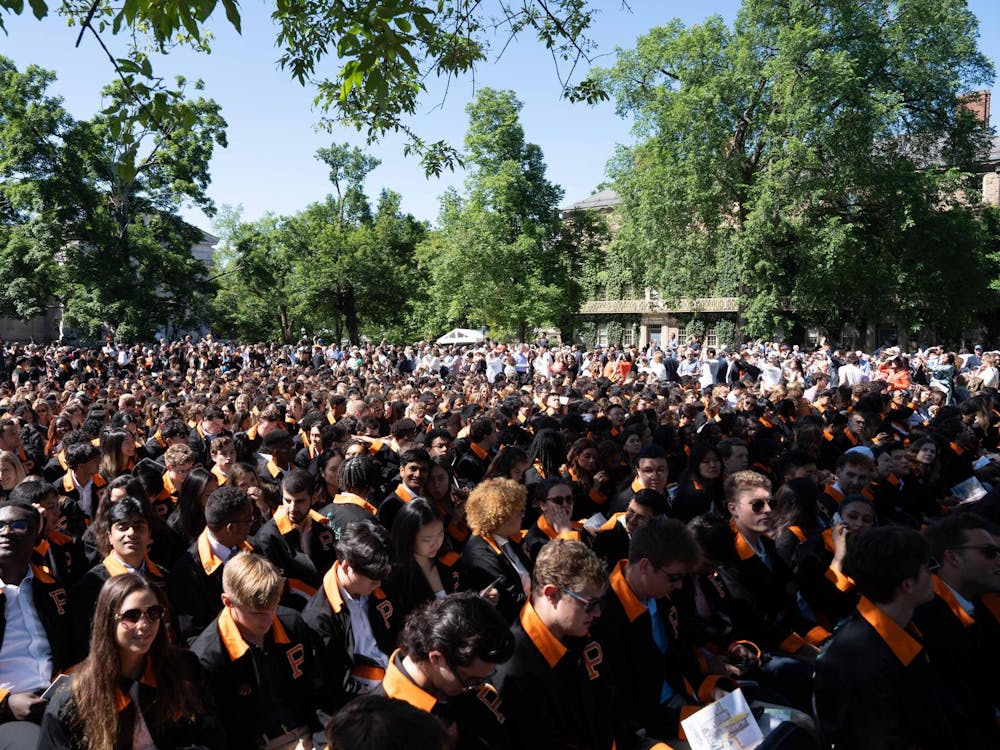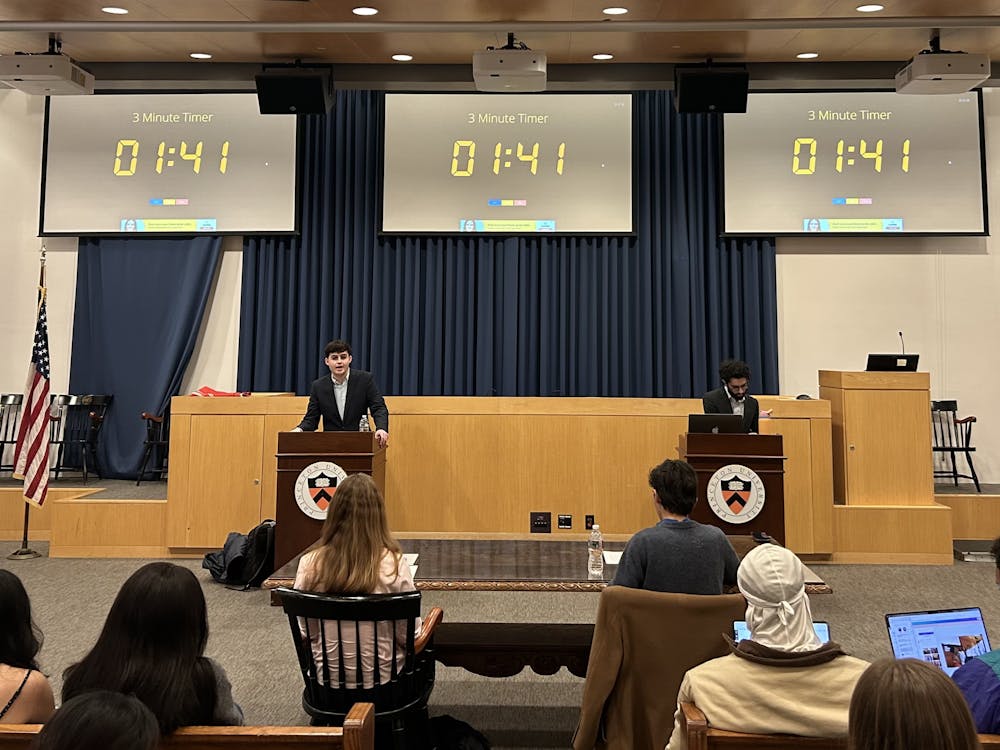The Daily Princetonian recently published a column titled “Teachers who look like us,” written by Tehila Wenger. She argues in favor of professors who reflect the diversity of the student body which would provide mentorship and guidance that is more than simply academic. There are obvious benefits to a diverse faculty; a controlled experiment revealed “the level of critical analysis and alternatives was higher in groups exposed to minority viewpoints.” Puzzlingly, while Wenger cites these benefits of diversity as the reason to hire more underrepresented faculty members, she actually claims to learn best not from diverse professors, but rather from ones who look like her.
She is correct in pointing out that the University’s faculty is rather homogenous. A thorough investigation of Princeton’s diversity by the Trustee Ad Hoc Committee revealed that the diversity at graduate and faculty level is far more limited than it is at the undergraduate level.
According to the report, an overwhelming 85 percent of our professors are white. Asians, the next largest racial group in faculty, make up 9 percent; blacks make up 4 percent and Hispanics 2 percent. Further, 80 percent of full-time professors are male while only 20 percent are female. Princeton’s numbers reflect those of other universities in the nation.
However, Wenger also needs to recognize that the University has made efforts and realized moderate successes in increasing the diversity of the faculty member. From 1980 to 2010, every race other than white saw increase in its representation of associate and full-time professors. Of course, the numbers still leave room for improvement. Specifically, the percentage of Hispanic associate and full-time professors at Princeton increased from 1 percent to 2 percent, and black associate and full-time professors from 1 to 4 percent. With gender balance, the University seems to have made greater improvements; female professors went from 3 to 22 percent. The University also has a “disciplinary ‘watch list’ to track promising scholars, especially those with the potential to be future Princeton faculty members.”
One thing that needs to be realized is that the creation of a true, diverse environment is not one that will come overnight. Superfluous attempts to do so will not only expose Princeton students to faculty members who may not be as qualified, but also might hurt those minority professors by creating a societal perception that their job owes to their race and gender. The University’s focus currently is appropriately placed on providing students with the best education possible, which necessarily means that it should hire professors who are top in their fields.
To increase diversity, we must look at the undergraduate level. Here, we should reward those who come from disadvantaged backgrounds who did not have the same resources available. The Orange Bubble may feel homogenous and blue-blooded, but this generation of Princetonians is more diverse than any that came before. The gender ratio is all but even and 60 percent of Princeton’s undergraduates are on financial aid. Racially, African-Americans represent 8.1 percent of the University, Asians 21.4 percent and Hispanics 9.1 percent. It is undeniable that the University has grown in diversity and will continue to grow. African-Americans, Hispanics and Asians who are current students and will grow into successful scholars under the guidance of the amazing faculty here will naturally add to diversity later on. This is genuine diversity: the nurturing of underprivileged minorities so that they can become successful and well-endowed, not the hiring of those whose primary contribution to the University will be their difference in the skin color.
Erica Choi is a freshman from Bronxville, NY. She can be reached at gc6@princeton.edu.







